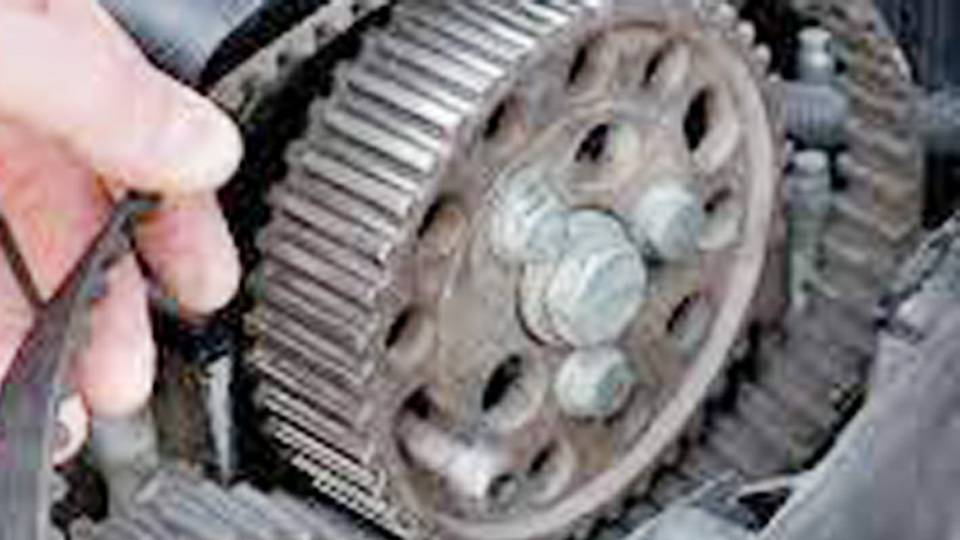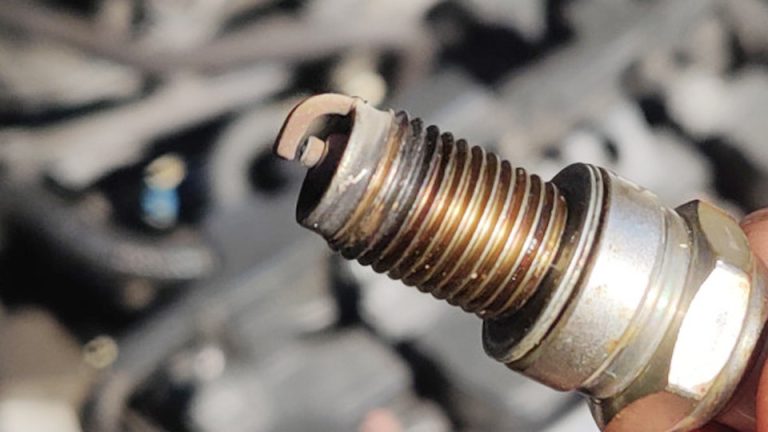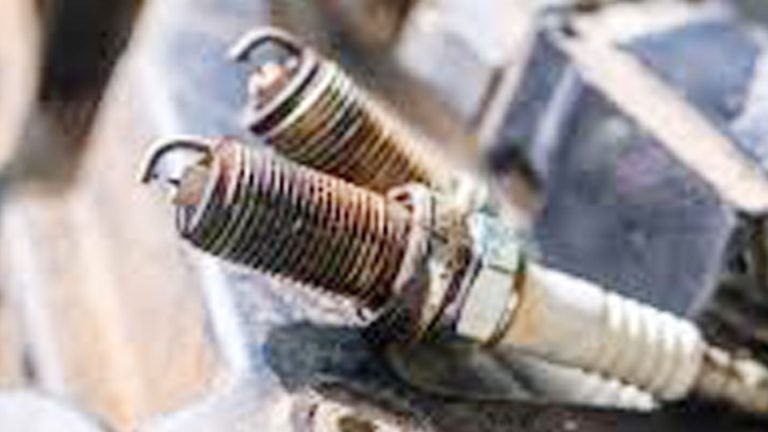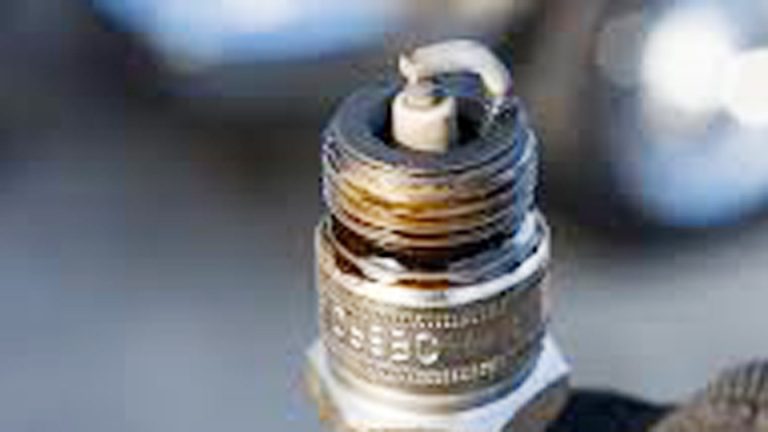A customer once rolled into my garage with a car that just wouldn’t start. No warning lights, no obvious damage—just a dead engine. If you’ve ever wondered “What Causes the Timing Belt to Break?”, you’re not alone. It’s one of those parts most drivers never think about until it fails—and by then, the damage can be serious. The timing belt is basically the heartbeat of your engine, keeping everything moving in perfect sync.
When it goes, pistons and valves can collide, leading to costly repairs or even a full engine replacement. I’ve replaced timing belts countless times, and one mistake I see car owners make is ignoring the early signs—strange noises, misfiring, or mileage well past the recommended change interval. Understanding what causes a timing belt to fail isn’t just mechanic’s talk—it’s about saving money, protecting your engine, and keeping your car on the road.

Image by redmujeresfarma
What Is a Timing Belt and Why Does It Matter?
The Heartbeat of Your Engine
The timing belt is a toothed, reinforced rubber belt that synchronizes the crankshaft and camshaft(s) in your engine. Think of it as the conductor of an orchestra, ensuring the valves open and close in perfect harmony with the pistons. Without it, your engine wouldn’t run—or worse, it could self-destruct. Most cars in the US, like the Honda Civic or Ford Focus, rely on timing belts (though some use chains, which we’ll touch on later).
Why does it matter? A broken timing belt can cause catastrophic engine damage in interference engines, where pistons and valves occupy the same space at different times. If the belt snaps, they collide, bending valves or cracking pistons. Even in non-interference engines, a failure means your car is dead in the water. Repair costs can range from $500 for a simple replacement to $3,000+ for engine repairs. Plus, a well-maintained timing belt ensures optimal performance and fuel efficiency.
Common Signs of Timing Belt Trouble
In my shop, I’ve seen timing belts fail without warning, but there are often clues if you know where to look. Watch for:
- Ticking or clicking noises from the engine bay, especially near the front.
- Engine misfires or rough idling, as the belt’s teeth wear and slip.
- Difficulty starting or a no-start condition.
- Oil leaks near the timing cover, which can degrade the belt.
- Check engine light with codes like P0300 (misfire) or P0340 (camshaft position sensor).
If your car’s mileage is creeping toward 60,000–100,000 miles, don’t wait for these signs. Check your owner’s manual for the replacement interval—most manufacturers recommend every 60,000–90,000 miles or 6–10 years.
What Causes the Timing Belt to Break?
Wear and Tear Over Time
Rubber doesn’t last forever, even the tough, reinforced kind used in timing belts. Heat, stress, and age degrade the material, making it brittle or prone to cracking. I’ve pulled belts off cars that looked fine but were stretched or had tiny cracks invisible to the untrained eye. Driving in hot climates like Arizona or Texas can accelerate this, as can frequent short trips that don’t let the engine warm up fully.
Contamination from Oil or Coolant Leaks
One of the most common culprits I see in the shop is contamination. A leaky water pump or camshaft seal can drip oil or coolant onto the belt, softening the rubber or causing it to swell. Last summer, I worked on a 2012 Toyota Corolla where a small oil leak from the front main seal ruined a brand-new belt in under 10,000 miles. Always check for leaks when replacing the belt—it’s not just about the belt itself.
Misaligned or Faulty Components
The timing belt doesn’t work alone. It runs over pulleys, tensioners, and idlers, and if any of these are misaligned or worn, they can chew up the belt. A seized tensioner bearing is a classic issue—I’ve seen it on older Subarus where the owner ignored a faint whining noise. Misalignment can also come from a botched installation, which is why I always double-check pulley alignment with a straightedge.
Overloading from Accessories
Some timing belts also drive the water pump or other accessories. If the water pump starts to seize, it puts extra stress on the belt, causing it to snap prematurely. I once had a customer with a 2008 Honda Accord who ignored a noisy water pump, and the belt gave out at 70,000 miles, stranding them on I-95.
Poor Maintenance or Skipping Replacement Intervals
Let’s be real: neglecting maintenance is the number-one reason timing belts fail. Manufacturers aren’t joking when they set those 60,000–90,000-mile intervals. I’ve seen DIYers push their luck to 120,000 miles, only to end up with a $2,000 repair bill. Stick to the schedule, and don’t cheap out on parts or labor.
When and Why You Need to Replace a Timing Belt
Timing Belt Replacement Intervals
Most US vehicles need a timing belt replacement every 60,000–100,000 miles or 6–10 years, whichever comes first. Check your owner’s manual for specifics—Honda and Toyota typically lean toward 90,000 miles, while some Fords and Chryslers call for 60,000. If you drive in harsh conditions (extreme heat, cold, or stop-and-go traffic), lean toward the lower end of the range.
Why Proactive Replacement Saves You Money
Replacing a timing belt before it breaks is far cheaper than dealing with the aftermath. A typical replacement job, including parts and labor, runs $500–$1,000, depending on the vehicle. Compare that to $2,000–$4,000 for an engine rebuild on an interference engine like a VW Jetta or Mitsubishi Eclipse. Plus, a fresh belt keeps your engine running smoothly, improving fuel efficiency by up to 5% in some cases.
Signs It’s Time to Act
Don’t wait for a failure. If your car’s nearing the recommended interval, or you notice any of the warning signs mentioned earlier, get it inspected. I always tell customers: “Spend $600 now, or $3,000 later.” A quick visual check (if you can access the timing cover) or a mechanic’s scope can reveal wear before it’s too late.
OEM vs. Aftermarket Timing Belts: Which Should You Choose?
Understanding Your Options
When replacing a timing belt, you’ve got two main choices: OEM (original equipment manufacturer) or aftermarket. OEM belts come from the car’s manufacturer (e.g., Honda, Toyota, or Ford), while aftermarket belts are made by third-party brands like Gates, Dayco, or Continental.
Here’s a comparison table based on my experience working with both:
| Feature | OEM Timing Belt | Aftermarket Timing Belt |
|---|---|---|
| Quality | Designed to exact manufacturer specs | Varies; top brands like Gates match OEM |
| Price | $50–$150 (belt only) | $20–$80 (belt only) |
| Warranty | Often 1–2 years via dealership | Varies; 1–3 years with reputable brands |
| Availability | Dealer or specialty retailers | Widely available (AutoZone, Amazon, etc.) |
| Compatibility | Guaranteed fit for your vehicle | Check compatibility; some are universal |
| Durability | Consistent, reliable performance | High-quality brands rival OEM; avoid cheap |
Pros and Cons of OEM Timing Belts
Pros:
- Perfect fit and performance, straight from the factory.
- Often include a warranty when installed at a dealership.
- Peace of mind for high-performance or interference engines.
Cons:
- More expensive, sometimes double the cost of aftermarket.
- Harder to find for older models (e.g., a 1998 Honda Civic).
- Dealership markups can inflate costs.
I usually recommend OEM for interference engines or if you plan to keep the car long-term. For example, I installed an OEM Honda belt on a 2015 CR-V last year, and the customer’s still cruising without issues.
Pros and Cons of Aftermarket Timing Belts
Pros:
- More affordable, especially for budget-conscious DIYers.
- Widely available at auto parts stores like O’Reilly or online.
- Top brands like Gates or Dayco often match OEM quality.
Cons:
- Quality varies widely; cheap no-name brands can fail early.
- May require extra research to ensure vehicle compatibility.
- Some lack the exact tooth profile or material quality of OEM.
For non-interference engines or older cars, a high-quality aftermarket belt from Gates or Continental is often fine. I’ve used Gates belts on countless Toyotas and Fords with no complaints.
My Recommendation
Go OEM for peace of mind, especially on interference engines like those in Subarus or Audis. If budget’s tight, stick with reputable aftermarket brands like Gates or Dayco, and always buy from a trusted retailer to avoid counterfeits. Speaking of which…
How to Spot Genuine vs. Fake Timing Belts
Counterfeit parts are a real problem in the US market, especially with online retailers. I once had a customer bring in a “bargain” belt from a sketchy eBay seller, and it was clearly a knockoff—poor stitching, no brand markings, and it failed in 5,000 miles. Here’s how to avoid fakes:
- Check Packaging: Genuine OEM or reputable aftermarket belts come in branded, sealed boxes with holograms or QR codes. Cheap plastic bags are a red flag.
- Look for Markings: Authentic belts have clear part numbers, brand logos, and manufacturing dates printed on them.
- Buy from Trusted Sources: Stick to dealers, AutoZone, Advance Auto Parts, or verified online sellers like RockAuto. Avoid deals that seem too good to be true.
- Feel the Material: Genuine belts feel firm but flexible, with smooth, even teeth. Fakes often feel flimsy or have uneven edges.
If you’re unsure, take the belt to a mechanic for a quick inspection before installing it. It’s worth the $50 to avoid a $2,000 mistake.
Step-by-Step Guide to Replacing a Timing Belt
Tools You’ll Need
Before diving in, gather these tools:
- Socket set (metric, typically 10mm–17mm)
- Torque wrench
- Timing belt kit (belt, tensioner, idler pulleys, water pump)
- Crankshaft pulley removal tool (if needed)
- Jack and jack stands
- Shop manual for your vehicle
- Clean rags and degreaser
Safety first: Disconnect the battery and ensure the car is on a flat surface with the parking brake engaged.
Installation Steps
- Prep the Engine: Remove any covers, belts, or accessories blocking the timing cover (e.g., serpentine belt, alternator). Jack up the car if needed for access.
- Align the Engine: Rotate the crankshaft to top dead center (TDC) using the crank pulley bolt. Line up the camshaft and crankshaft marks—check your manual for exact locations.
- Remove the Old Belt: Loosen the tensioner (usually a spring-loaded pulley) and slide off the old belt. Inspect pulleys and the water pump for wear.
- Install the New Belt: Route the new belt according to the diagram in your manual. Ensure the teeth align perfectly with the sprockets.
- Tension the Belt: Adjust the tensioner to the manufacturer’s specs (usually with a torque wrench). Too tight, and you’ll wear out bearings; too loose, and it’ll slip.
- Double-Check Alignment: Rotate the engine by hand (two full turns) to confirm the marks still align. This step saves engines.
- Reassemble and Test: Put everything back together, reconnect the battery, and start the engine. Listen for odd noises and check for leaks.
Common Mistakes to Avoid
- Skipping the Water Pump: Since it’s often driven by the timing belt, replace it at the same time to avoid double labor later.
- Misaligning Marks: Even a single tooth off can cause misfires or engine damage. Triple-check alignment.
- Reusing Old Tensioners: Worn tensioners or idlers can fail soon after, so replace them with the belt.
- Ignoring Leaks: Fix any oil or coolant leaks before installing the new belt.
I learned this the hard way on a 2005 Mazda 3—rushed the job, reused an old tensioner, and the belt slipped 8,000 miles later. Don’t be me.
Maintenance Tips to Extend Timing Belt Life
- Stick to the Schedule: Replace the belt at the recommended interval, even if it looks fine.
- Inspect Regularly: Every oil change, peek at the timing cover for leaks or unusual noises.
- Fix Leaks Promptly: Oil or coolant on the belt is a death sentence. Address seals or gaskets immediately.
- Use Quality Parts: A $20 belt might save you now but cost thousands later.
- Drive Smart: Avoid aggressive starts and stops, which stress the belt.
I always tell customers to think of the timing belt like tires—regular care keeps you on the road.
Anecdotes from the Garage
Last year, a guy brought in his 2010 Subaru Outback with a snapped timing belt. He’d bought it used, had no maintenance records, and assumed it was “fine” at 110,000 miles. The engine was toast—bent valves, scored pistons. We ended up swapping in a used engine for $2,800, but it could’ve been avoided with a $600 timing belt job. He now sets a reminder every 80,000 miles.
Another time, a DIYer came in after a botched timing belt replacement on his Honda Pilot. He’d watched a YouTube video but skipped the alignment step. The engine misfired like crazy, and we had to redo the job properly. Moral of the story: take your time and follow the manual.
Conclusion: Keep Your Engine Safe and Save Money
A timing belt might seem like a small part, but it’s the backbone of your engine’s performance and longevity. By understanding what causes the timing belt to break—wear, contamination, faulty components, or neglect—you can take steps to prevent a costly failure. Stick to the replacement schedule, choose quality parts (OEM or trusted aftermarket), and don’t skip the tensioner or water pump. Whether you’re a DIYer in your garage or relying on a mechanic, a little proactive care goes a long way.
Pro Tip: When buying a used car, always ask for timing belt replacement records. If there aren’t any, assume it’s due and budget for it. It’s cheaper than an engine rebuild.
FAQ: Common Timing Belt Questions
What Happens If My Timing Belt Breaks While Driving?
If your timing belt breaks, your engine will stop immediately. In an interference engine (common in Hondas, Toyotas, etc.), the pistons and valves may collide, causing severe damage. In a non-interference engine, you’ll just be stranded. Either way, you’re looking at a tow and repairs.
How Much Does It Cost to Replace a Timing Belt?
A timing belt replacement typically costs $500–$1,000, including parts and labor. This includes the belt, tensioner, idler pulleys, and often the water pump. Costs vary by vehicle—luxury brands like Audi or BMW can hit $1,500.
Can I Drive with a Worn Timing Belt?
Not safely. A worn belt can snap without warning, leaving you stranded or damaging your engine. If you suspect wear (noises, high mileage, or leaks), get it inspected ASAP.
How Do I Know If My Car Has a Timing Belt or Chain?
Check your owner’s manual or Google your vehicle’s make, model, and year with “timing belt or chain.” Common belt-driven cars include Honda Civic, Toyota Corolla, and Subaru Forester. Chains are found in many BMWs, Chevys, and newer Toyotas.
Are Aftermarket Timing Belt Kits Reliable?
Yes, if you choose reputable brands like Gates, Dayco, or Continental. Avoid no-name kits from unknown sellers. Aftermarket kits often include the belt, tensioner, and water pump, making them a cost-effective choice.



